Modern recipes for good photometric redshifts
Kenneth Duncan
Lorentz Workshop - June 2016
Leiden Observatory
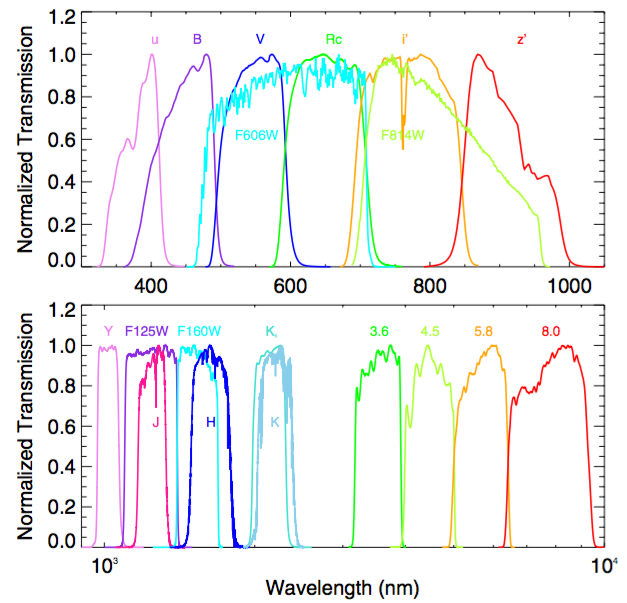
e.g. CANDELS UDS: Galametz et al. (2013)
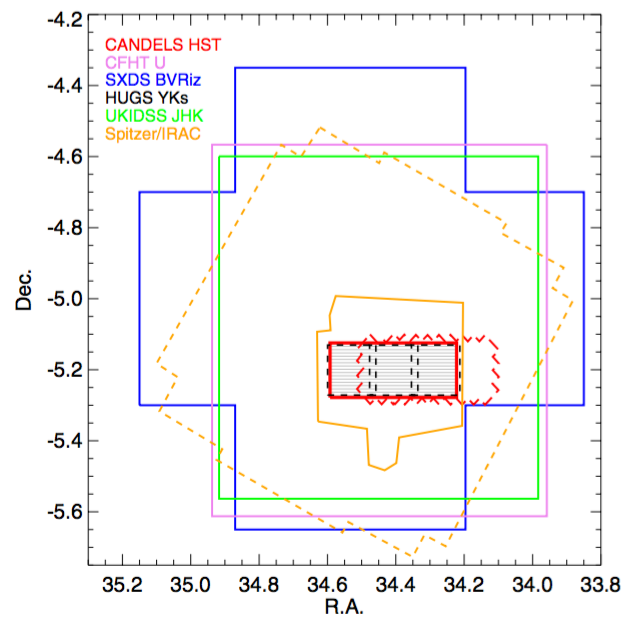
You have your nice new multi-wavelength catalog, now what...
Recipe 1:
Template fitting photo-z estimates
Step 1: The code
EAZY
Brammer et al. (2008)
LePhare
Arnouts et al. (1999)
Ilbert et al. (2006)
PhotoZ
Bender et al. (2001)
Hyper-Z
Bolzonella et al. (2000)
ZEBRA
Feldmann et al. (2006)
BPZ
Benitez (2000)
Step 1: The code
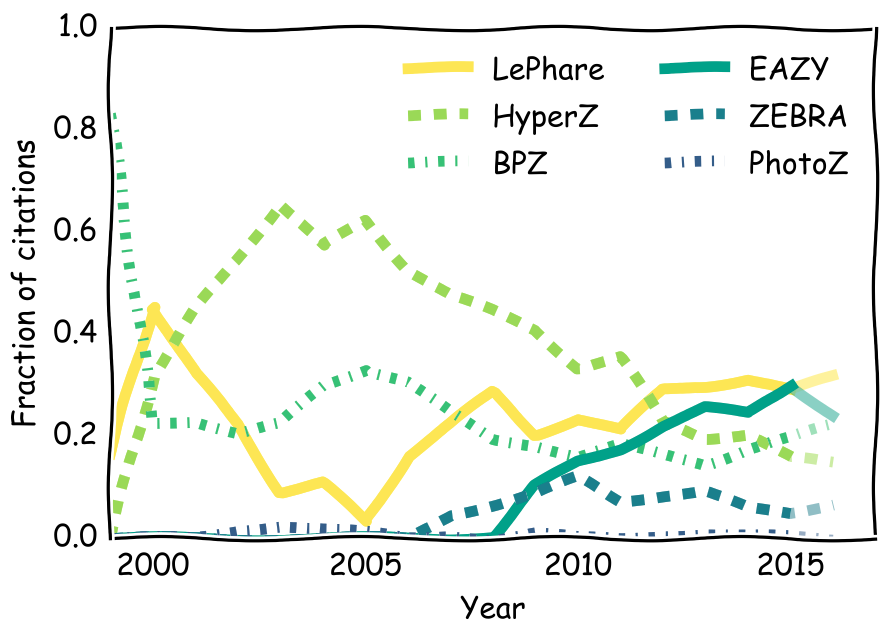
Total citations: ~2800
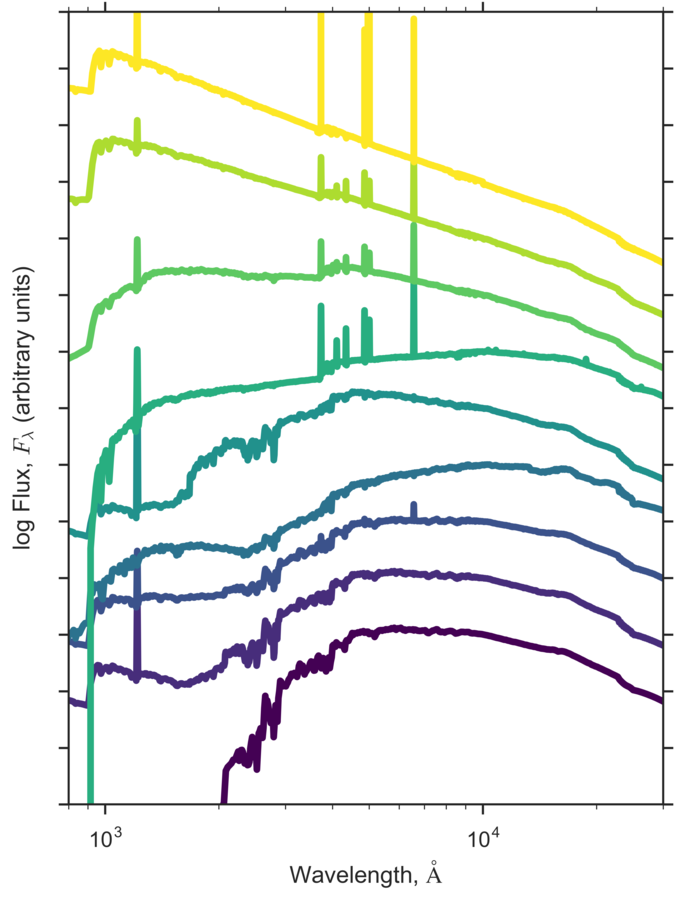
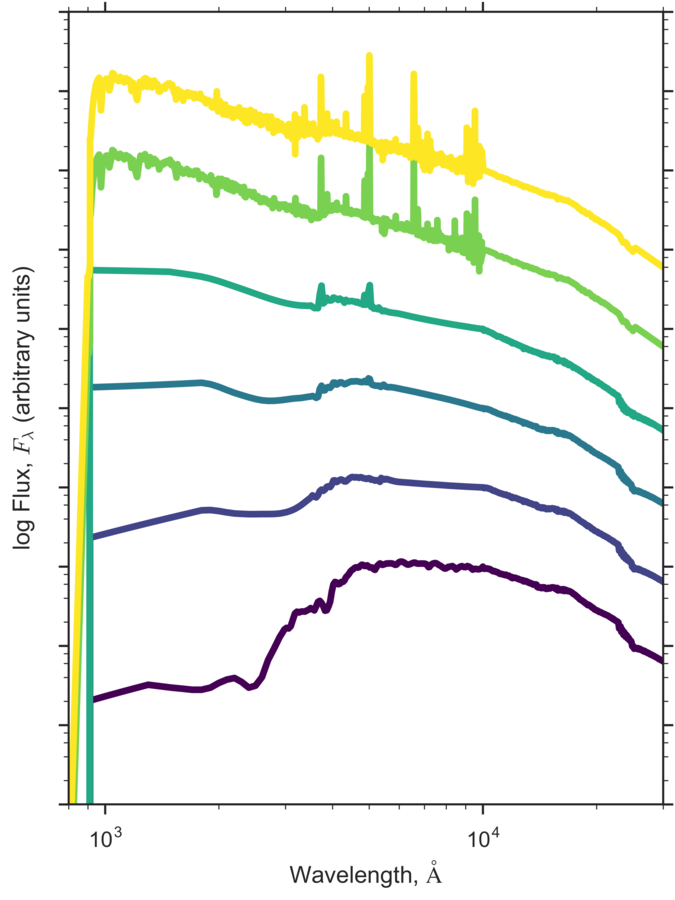
Then
Now
Step 2: The Templates
Step 3: zeropoint offsets and additional smoothing errors
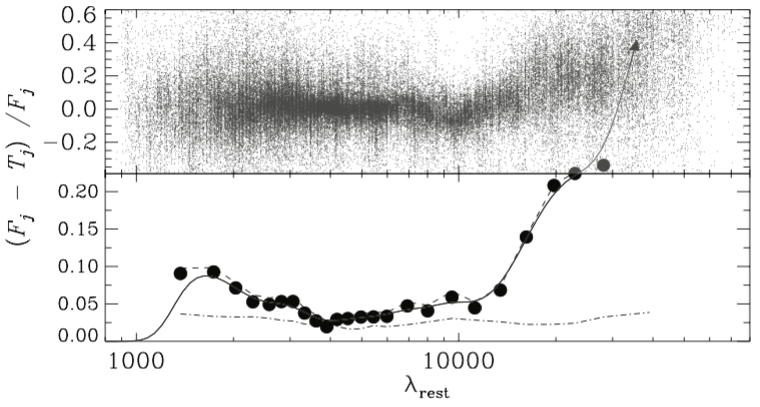
Additional rest-frame errors
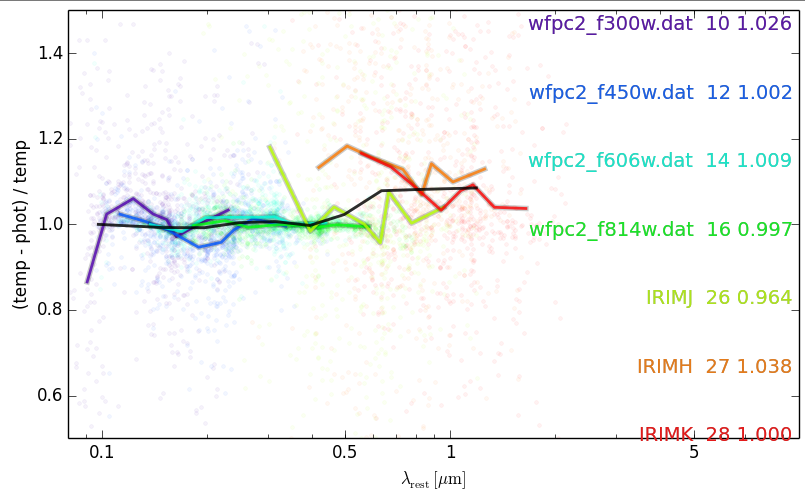
Corrections to the observed zeropoints
Brammer et al. (2008)
Dust
AGB Stars?
PAH/Dust emission/AGN?
Step 4: priors (optional)
Brammer et al. (2008)
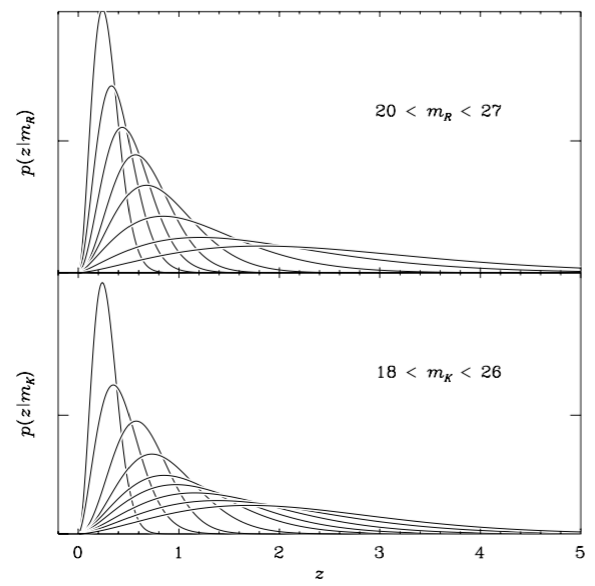
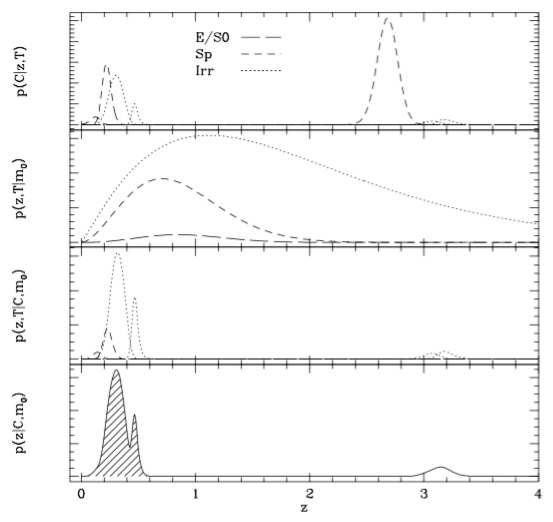
Benitez (2000)
Magnitude
Spectral type
The results

e.g. for the UDS catalog at the beginning...
Recipe 2:
Training based photo-z estimates
(aka machine learning)
Aside: Motivations for ML-based Photo-z's
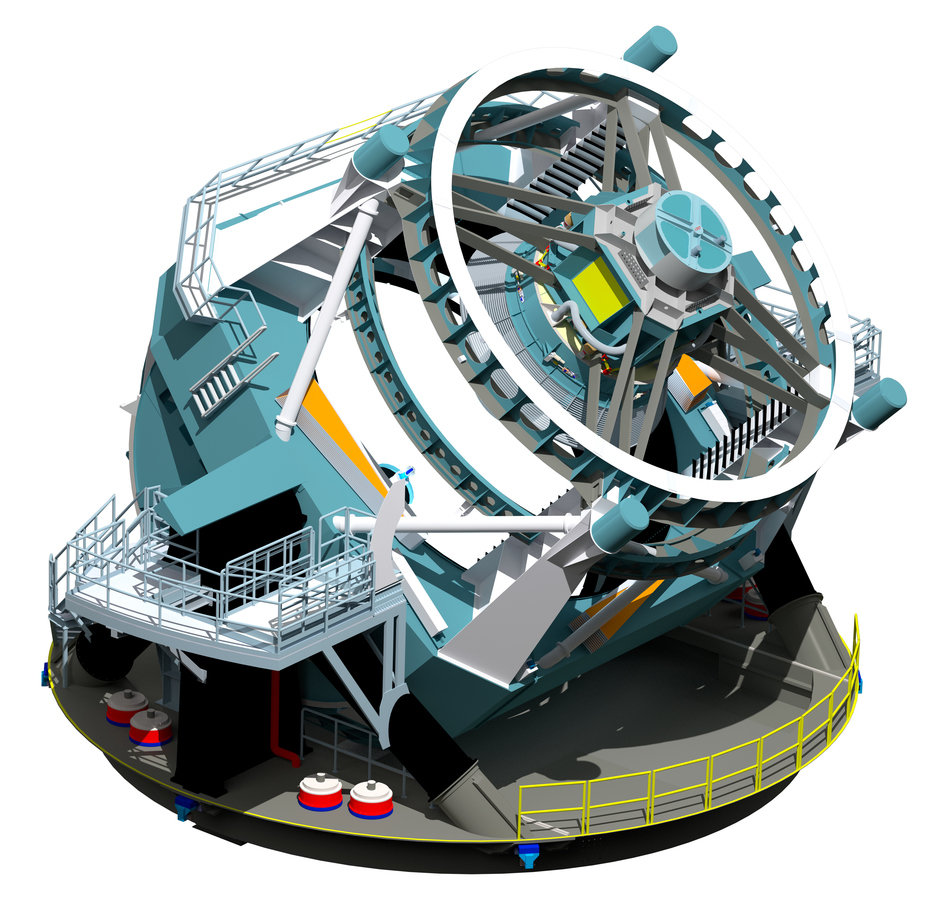
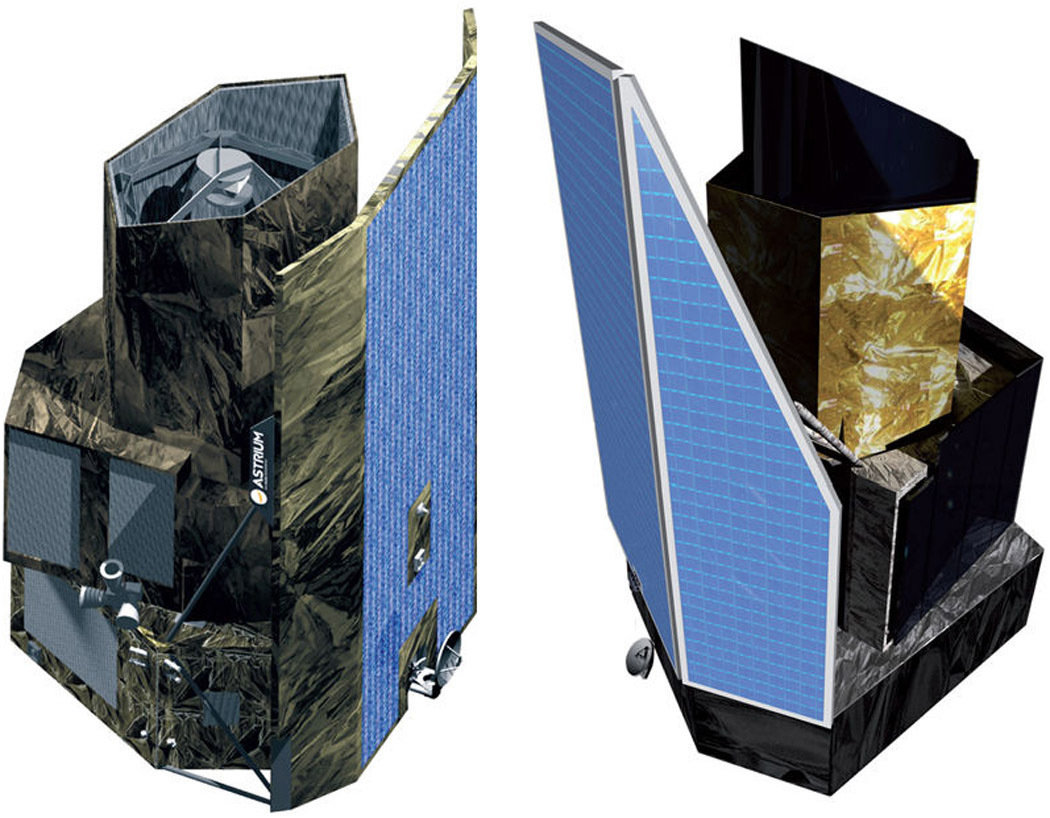
Euclid
LSST
Aside: Motivations for training (ML) based Photo-z's
1. Speed
Euclid: ~1.5 billion galaxies
LSST: ~10 billion galaxies
Estimated time to run EAZY on all sources (on a desktop machine):
~2+ years (Euclid)
~14+ years (LSST)
Motivations for training (ML) based Photo-z's
2. Improvements in accuracy
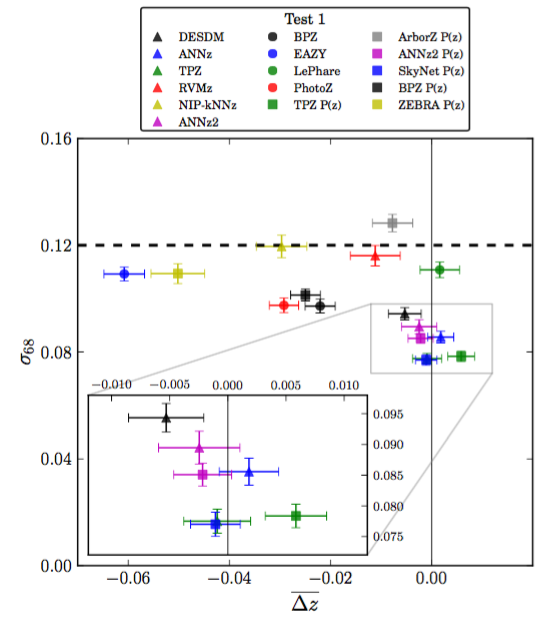
Sanchez et al. (2014)
Weak Lensing requirements:
Scatter
Bias
Step 1: Select your training sample
i.e. a representative subset of your sample with spectroscopic redshifts
Step 2: Pick your favourite regression/classification algorithm
Neural Networks
Self-organizing Maps (SOMs)
Deep learning
Support Vector Machines (SVM)
Naive Bayes
Gaussian Processes
Generalized Linear Models
Bayesian Network
k-Nearest Neighbour
Boosted Decision Trees
Randomised Forests
Relevance vector machines
Radial basis function networks
Normalised inner product nearest neighbour
Directional neighbourhood fitting
Voronoi tesselation density estimator
Non-conditional density estimation
Step 3: Train your regression/classification algorithm
Step 4: Apply to your science sample
magic happens somewhere here
Pros and Cons of ML Photo-z's
Pro:
- Fast and scalable
- Entirely empirical:
no concern about template choice
- Simple to include extra information:
properties such as size and morphology can help break degeneracies
Con:
- Entirely dependent on spectroscopic training sample
- Struggle more with inhomogeneous datasets (e.g. missing filters)
- Difficult to physically interpret solutions - e.g. rest-frame colours
Final step: (For all photo-z methods)
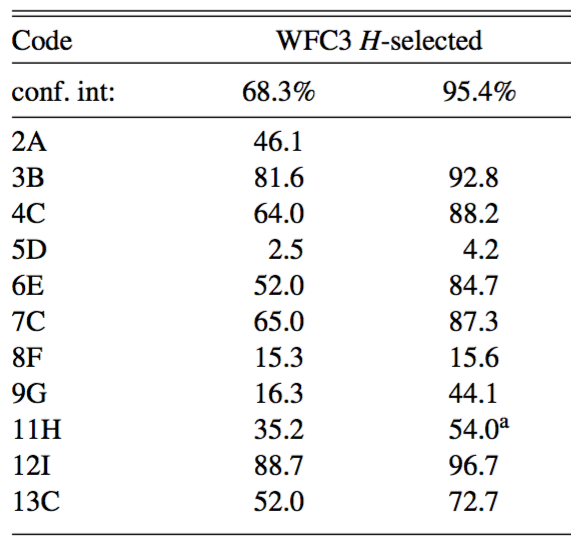
Fraction of spectroscopic redshifts within given confidence interval
Dahlen et al. (2012)
!
7/11 submitted photo-z estimates significantly overconfident for 1-sigma errors
Calibrating redshift pdfs
Calibrating redshift pdfs
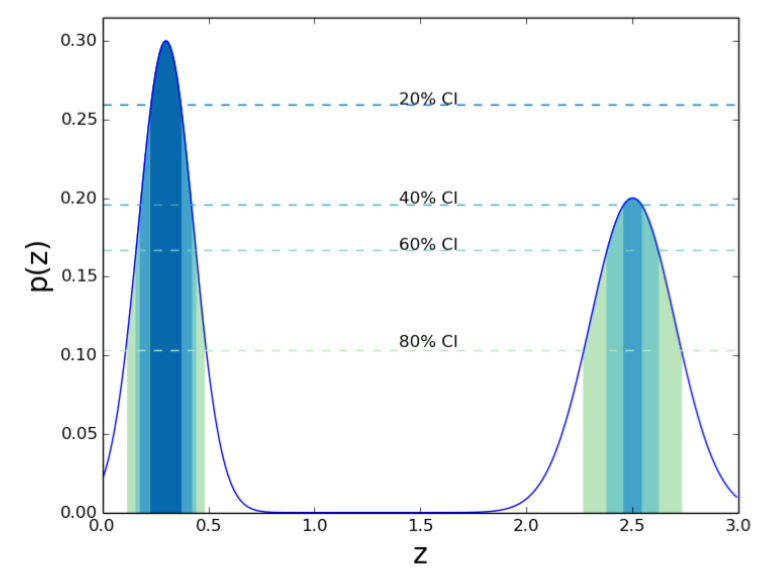
Wittman et al. (2016)
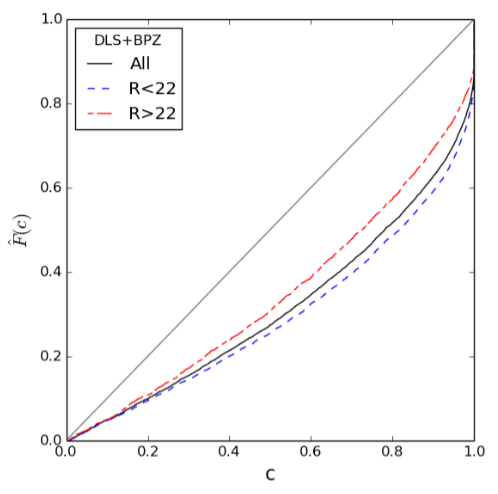
See also Bordoloi et al. (2010)
Improving photo-z estimates even more...
the wisdom of crowds
Combine multiple photo-z estimates
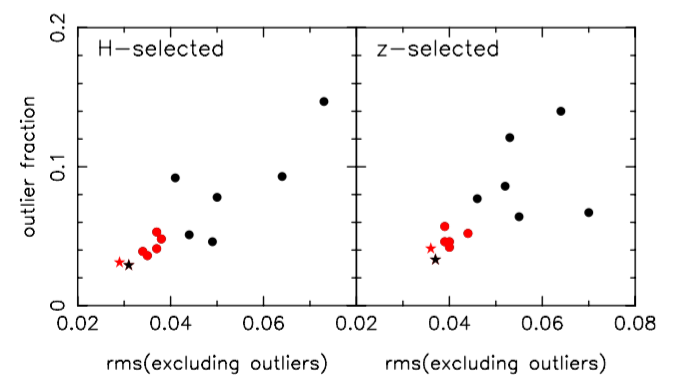
Dahlen et al. (2012)
= Median of all photo-z estimates
= Median of best 5 photo-z estimates
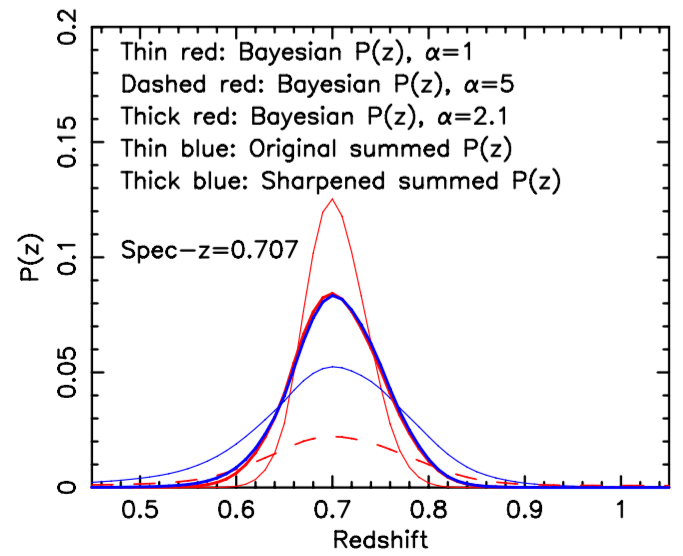
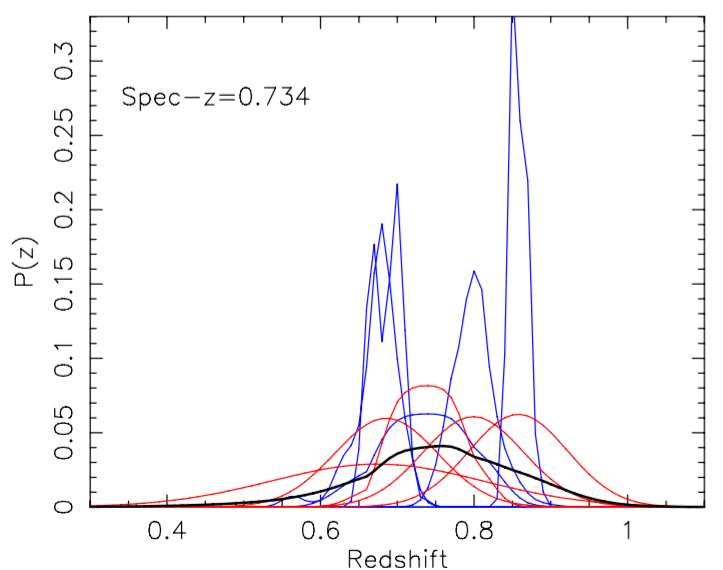
See also Carraso Kind & Brunner (2014)
Also works for diff. templates with the same code
Limits of existing spectroscopic samples

Masters et al. (2015)
Limits of existing spectroscopic samples

Masters et al. (2015)

Short term solution:
Targeted spectroscopic follow-up of unexplored colour space (Underway): spectra
Ongoing spectroscopic surveys:
(e.g. VANDELS/VUDS/LEGA-C/OzDES/HETDEX) spectra
Long term solution (2018+):
New massively multiplexed spectroscopic surveys -
Subaru/PFS and WHT/WEAVE in the North: spectra
VLT/MOONS and VISTA/4MOST in the South: spectra
What is the future of photometric redshifts?

Hybrid template + ML methods?
e.g. 'fuzzy archetypes' method of Speagle & Eisenstein (2015)
What is the future of photometric redshifts?
Next generation Template fitting code(s)?
If speed is the requirement:
Scope for new template codes which make use of...
- Efficient parallelisation
- GPU acceleration
If physical interpretation of fitted SEDs is the requirement:
Fit using SED modelling codes, e.g.:
- Prospector
- BEAGLE
- MAGPHYS/Cigale
New Euclid team code?
In addition to the proliferation of machine learning redshifts...
Photo-z's for AGN
A whole other problem...
Redshifts for LOFAR sources
Suggested strategy...
* Carrasco Kind and Brunner (2014)
Bayesian model combination/averaging (BMC/BMA)*
Test field
Spectroscopic sample (Bootes)
N x Photo-z estimates
e.g.:
QSO Templates
Stellar Templates
ML estimates
Photo-z's Optimised for all source types
Photometric redshifts
By Kenneth Duncan
Photometric redshifts
Review of photometric redshifts past, present and future. For the Lorentz Workshop Jun 20th-24th
- 333



